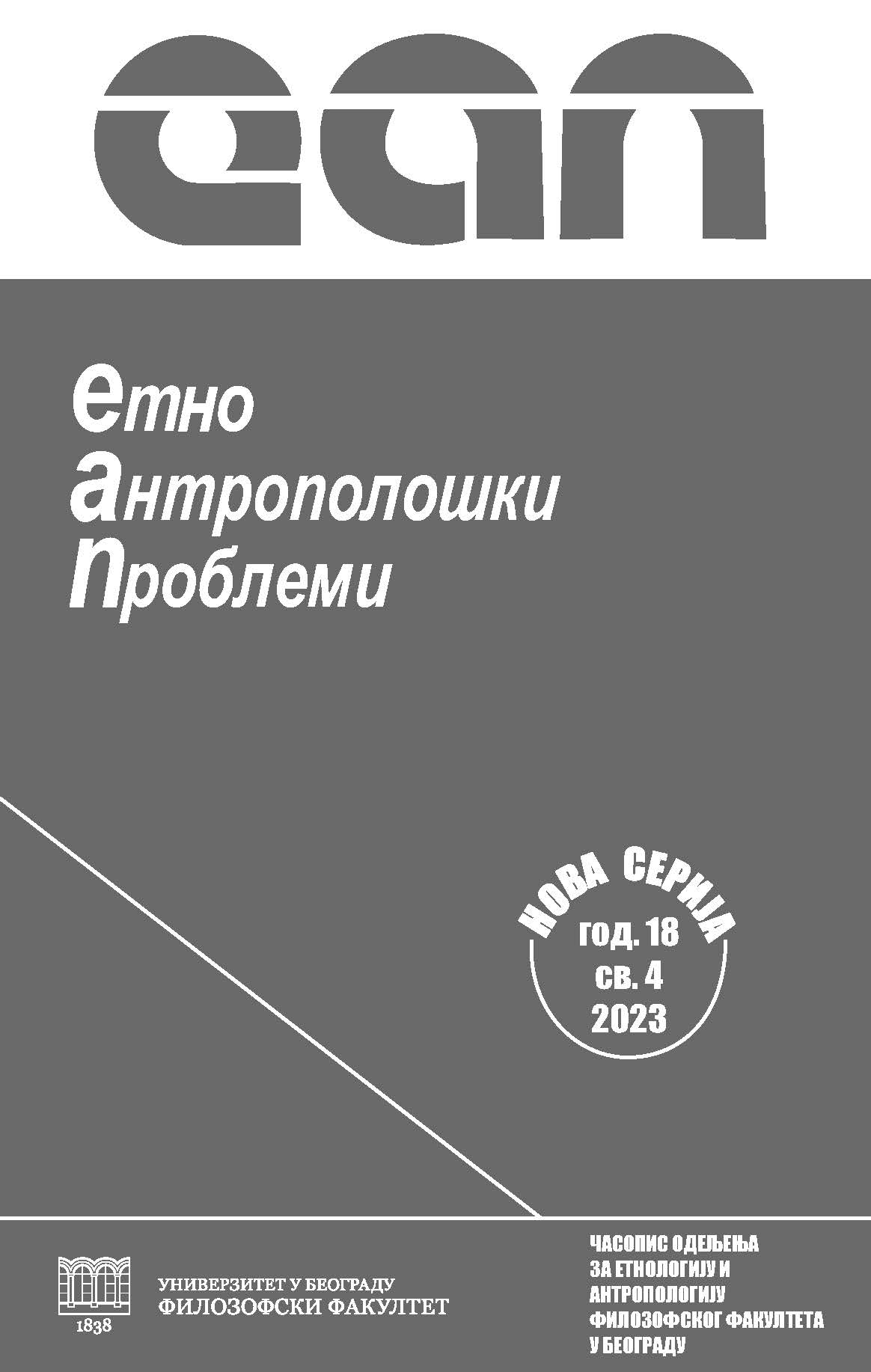Damnatio memoriae srpske kulture: Zavod za čuvanje starina vlade Milana Nedića, preteča Republičkog zavoda za zaštitu spomenika kulture
Damnatio Memoriae of Serbian Culture: The Institute for the Preservation of Antiquities of Milan Nedić's Government, Precursor of the Republic Institute for the Protection of Cultural Monuments
Author(s): Vladimir Krivošejev, Rade RistanovićSubject(s): Cultural history, Museology & Heritage Studies, Social history
Published by: Филозофски факултет, Универзитет у Београду
Keywords: The Institute for the Protection of Cultural Monuments; conservation activities; World War II; occupation; collaboration; Milan Nedić's government; cultural policy
Summary/Abstract: Currently, the conservation activities in Serbia are conducted by the institutions for the protection of cultural monuments. It is widely accepted that the first institute of the kind was The Republic Institute for the Protection of Cultural Monuments, established in 1947, during the enactment of several heritage laws, which were also presented as the first of their kind. The main contribution for the establishment of the Institute was attributed to its first director, Milorad Panić-Surep.During the Second World War, in the spring of 1942, at the initiative of the occupiers, the collaborationist government of Milan Nedić enacted the Regulation on the Preservation of Antiquities. It was the first legal act aimed at protecting cultural heritage in Serbia. On this basis, the Institute for the Protection of Antiquities was established, which actively operated despite the wartime conditions. From its establishment until the founding of the post-war Institute in 1947, there was an uninterrupted continuity, marked by several transformations due to the turbulent post-war events.Towards the end of the war, in early 1945, the Institute for the Protection of Antiquities ceased its operations but was not dissolved, it was merged with the Art Museum instead (formerly the Museum of Prince Paul, now the National Museum of Serbia). Thus, both before and after the war, in addition to its regular activities, the Museum also engaged in conservation efforts. The Museum director, Veljko Petrović, insisted that, following the example from the occupation years, an independent institution for conservation activities should be established.This was realized in several steps. Firstly, in April, a special committee for creating the Register of Antiquities was formed under the auspices of the Museum, taking over the responsibilities of the former Institute. Subsequently, at the turn of 1945 to 1946, the committee evolved into a separate museum Department for the Protection and Scientific Study of Cultural Monuments, and by mid-1947, it became an independent institution as the Institute for the Protection and Scientific Research of Cultural Monuments. This institution took over all previously created documentation as well as leading experts and in 1960 it changed its name to the Republic Institute for the Protection of Cultural Monuments.Following the given facts, the Institute for the Protection of Antiquities from 1942 is a direct precursor to the Republic Institute for the Protection of Cultural Monuments, with a continuous legacy. Driven by ideological reasons, the post-war authorities intended to demonstrate that numerous innovative moves of state administration were initiated during their tenure. Consequently, they endeavored to conceal or minimize initiatives undertaken by previous authorities, particularly the ones associated with the collaborationist government during the occupation period, whose entire activity was presented as contrary to the interests of the people.
Journal: Етноантрополошки проблеми
- Issue Year: 18/2023
- Issue No: 4
- Page Range: 1297-1317
- Page Count: 21
- Language: Serbian

